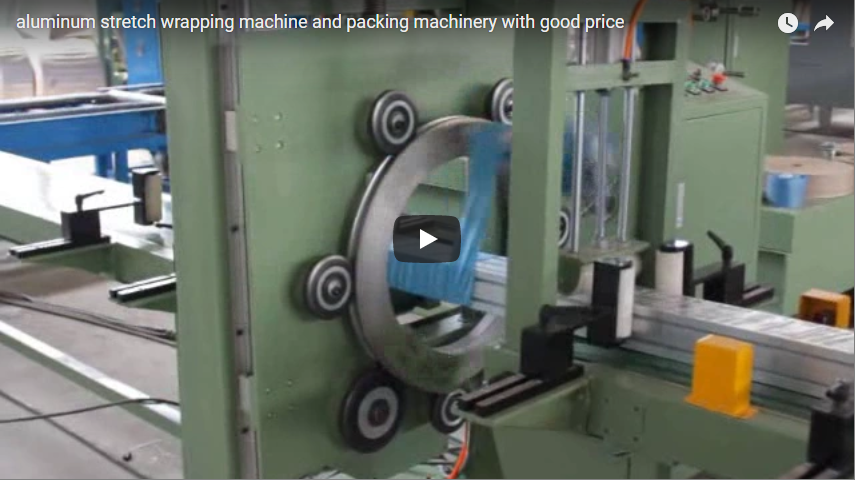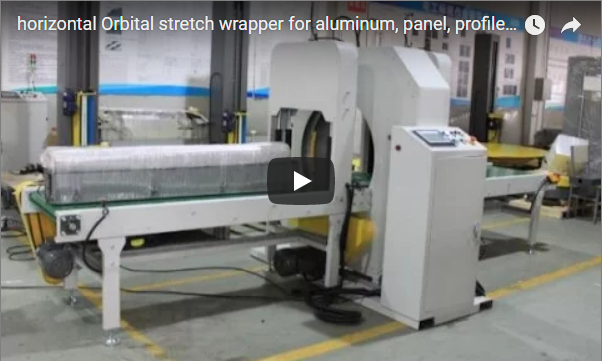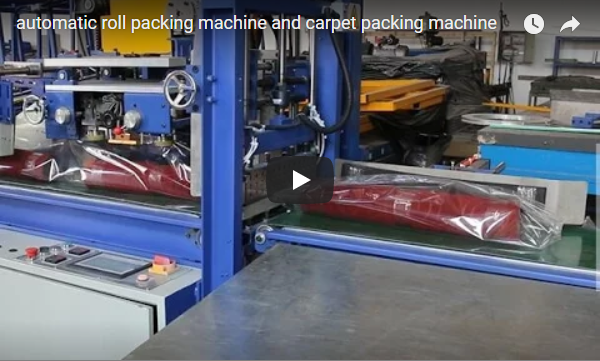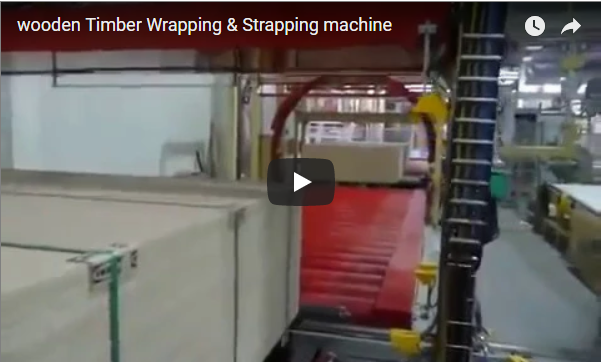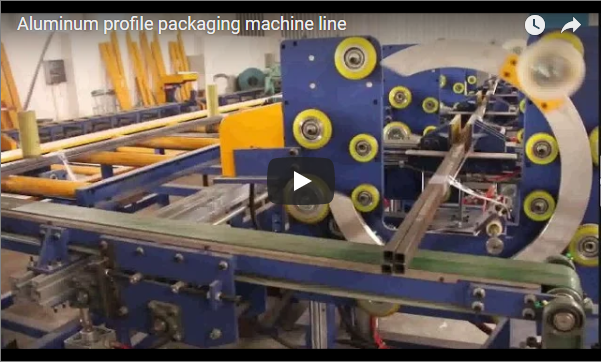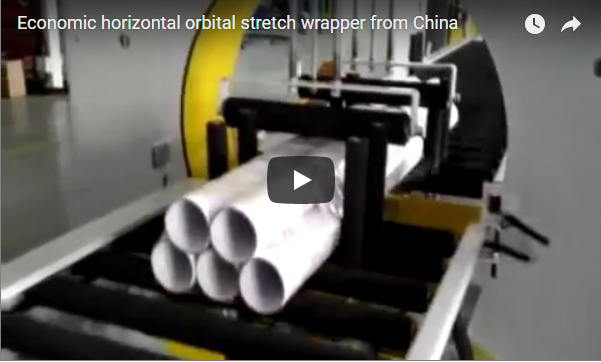Advanced Horizontal Stretch Wrapping Systems: Engineering, Operation, and Applications
Horizontal stretch wrapping machines, often referred to as orbital wrappers, represent a critical technology in modern industrial packaging. These automated systems provide secure, protective wrapping for elongated or bundled products that are challenging to handle with traditional turntable or rotary arm wrappers. This article delves into the operational principles, key design features, performance considerations, and applications of these essential machines, drawing insights from engineering best practices and industry advancements.
Operational Principles of Horizontal Stretch Wrapping
The core mechanism involves passing the product horizontally through a rotating ring or orbital carriage that dispenses stretch film. Unlike pallet wrappers, the product moves through the wrapping ring, allowing for continuous wrapping along its length.
Key operational aspects include:
- Orbital Wrapping: The film roll is mounted on a carriage that travels in a vertical ring assembly. As the product conveys through the ring's aperture, the carriage orbits around it, applying the stretch film.
- Film Pre-Stretch: Advanced systems incorporate powered pre-stretch mechanisms, typically achieving ratios between 150% and 300%. This process stretches the film before application, maximizing film yield, enhancing load containment force, and reducing packaging material costs. Research indicates optimized pre-stretching significantly improves load stability (Source: Packaging industry studies on film efficiency).
- Tension Control: Precise electronic tension control ensures consistent film application force, crucial for protecting delicate products or securely unitizing heavy loads without crushing.
- Conveyor Synchronization: The speed of the infeed and outfeed conveyors is synchronized with the ring rotation speed and film overlap requirements to ensure uniform wrapping along the entire product length.
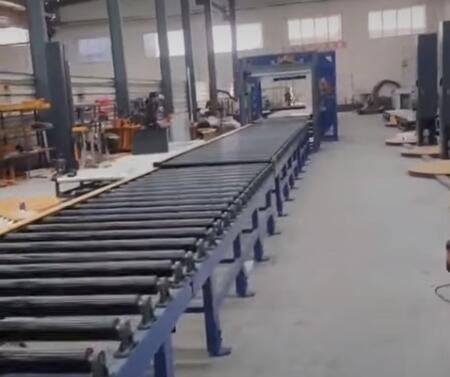
horizontal stretch wrapping machine Key Components and Design Features
A robust horizontal stretch wrapper integrates several critical subsystems:
- Infeed and Outfeed Conveyors: These transport the product through the wrapping zone. Common types include:
- Roller Conveyors: Suitable for products with flat, stable bottom surfaces.
- Chain Conveyors: Often used for heavier loads or products requiring specific support points. The system in the video utilizes roller conveyors for infeed and chain conveyors for outfeed, offering a tailored handling solution.
- Wrapping Ring Assembly: Houses the film carriage drive, rotation mechanism, and safety guards. Ring diameters vary significantly based on the maximum product cross-section.
- Film Delivery System: Includes the film roll carriage, pre-stretch rollers (if equipped), and film tensioning system. Reliability and ease of film loading are key design considerations.
- Automated Film Clamping and Cutting: Ensures a clean start and finish to the wrap cycle, crucial for automation. Hot wire or blade systems are common.
- Control System (PLC/HMI): Programmable Logic Controllers (PLCs) manage the wrapping sequence, conveyor speeds, pre-stretch levels, and safety interlocks. Human-Machine Interfaces (HMIs) allow for easy operation, recipe storage, and diagnostics.
- Block Feeder: As demonstrated in the video, some configurations include an automated block feeding system. This places support blocks beneath the bundle before or during wrapping, facilitating easy and safe handling with forklifts after packaging.
Performance Metrics and Optimization
Evaluating horizontal wrapper performance involves several key metrics:
- Throughput: Measured in packs per hour or linear feet per minute, dependent on product length, ring speed, and conveyor velocity.
- Film Consumption: Optimized via pre-stretch and precise wrap patterns; measured in weight or length of film per pack.
- Load Containment Force: Ensures product stability during transit. While less standardized than pallet wrapping, consistent tension and proper overlap are critical.
- Uptime and Reliability: High-quality components, robust design, and preventative maintenance schedules are essential for minimizing downtime in production lines.
Optimization often involves analyzing wrap recipes, adjusting pre-stretch and tension settings, and ensuring proper machine maintenance, aligning with lean manufacturing principles.
Applications Across Industries
Horizontal stretch wrappers are indispensable in sectors handling long or awkwardly shaped products:
- Building Materials: Lumber, Plywood, insulation panels, PVC pipes, metal studs.
- Extrusions: Aluminum profiles, plastic tubing, window and door frames.
- Textiles: Rolled carpets, fabrics.
- Furniture: Assembled or flat-packed furniture components, mattresses.
- Other: Bundled goods, large appliances, automotive parts.
Innovations and Advanced Capabilities
Recent advancements focus on increasing automation, efficiency, and safety:
- Automatic Size Adjustment: Systems that automatically adapt ring speed, conveyor speed, and wrapping parameters to varying product dimensions.
- Industry 4.0 Integration: Connectivity with Manufacturing Execution Systems (MES) or Enterprise Resource Planning (ERP) for data logging, remote monitoring, and predictive maintenance.
- Enhanced Safety Features: Light curtains, safety interlocks, and fully guarded designs adhering to international safety standards (e.g., ISO 13849).
- Sustainable Film Compatibility: Engineering systems to effectively run thinner gauge films or films with higher recycled content.
Featured System Example: Heavy-Duty Bundle Wrapping
The system showcased in the video exemplifies a robust horizontal stretch wrapping machine engineered for large, heavy bundles. Key features highlighted include:
- Heavy-Duty Construction: Designed to handle substantial product weights.
- Integrated Conveyor System: Combining roller infeed for smooth loading and chain outfeed for stable exit of heavy bundles.
- Automated Block Feeder: Strategically places support blocks, crucial for forklift accessibility of the tightly wrapped bundles.
- Effective Protection: The resulting package provides excellent protection against environmental factors like moisture and dust, preserving product integrity during storage and transport.
Conclusion
Horizontal stretch wrapping machines are sophisticated pieces of engineered equipment vital for efficient and secure packaging of long or large products. By understanding their operational principles, key components, performance capabilities, and the potential for customization – such as integrated block feeders and specialized conveyor systems – manufacturers can significantly enhance their packaging line automation, product protection, and overall operational efficiency.
FHOPE PACKAGING specializes in engineering and manufacturing customized packaging machinery, including advanced horizontal stretch wrapping solutions tailored to specific industry needs and product requirements. With extensive experience, we offer robust and reliable systems designed for optimal performance. For more detailed specifications or to discuss a custom project, please visit our website at http://www.fhopepack.com or contact our engineering team directly via email at info@fhopepack.com.

